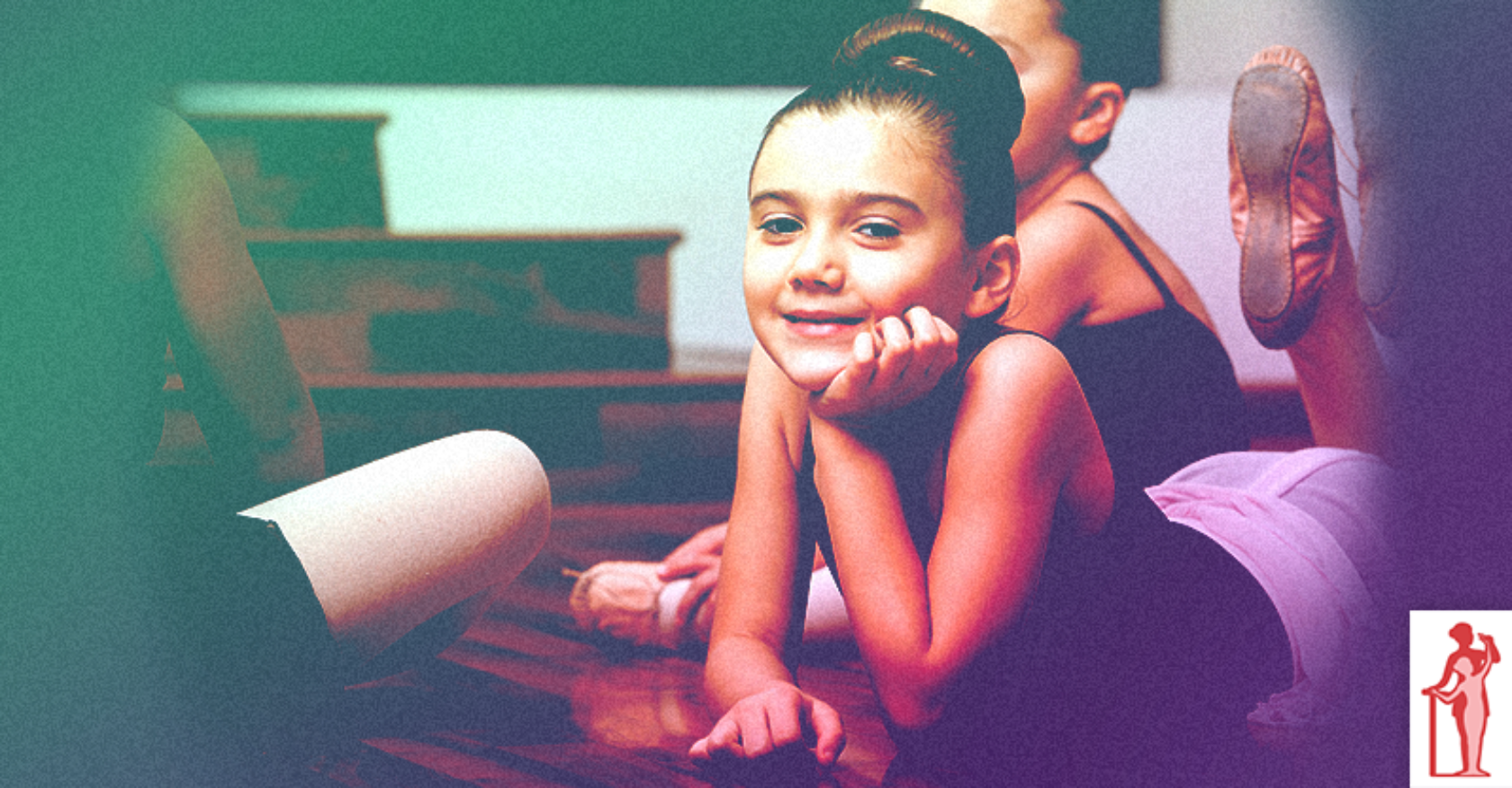
Would you say you teach a “happy” class? When your students leave your classroom, are they overly tired and restless, or do they feel a sense of accomplishment? Pacing your class, implementing creative rest periods, and taking your students’ ever-changing needs into account will make a big difference in the happiness and quality of your class.
Pacing the Class (and Giving Them a Rest!)
Young dancers are happiest and calmest when their needs for physical comfort are being met. Along with the need for correct room temperature and a safe, friendly environment,
young dancers need to rest their muscles often. (See
“Understanding Your Student’s Growth Process.”)
Dancers aged three and four move faster than we do because their legs are shorter. But their young, short legs also become tired sooner and need to rest more often during dance class. You can take care of this quite easily by:
- Having them sit in their own special places at the end of each activity.
- Planning their classwork to include frequent resting of the “standing up” muscles. After five or six minutes of standing or traveling activities, switch to things performed while sitting on the floor. After five or six minutes on the floor, have the students stand again for the next few activities.
In this way, the class is kept flowing, with no “free rest” time.
Every minute of a pre-ballet class should be structured and guided to maintain order and develop the level of discipline expected in ballet.
Children in the five- and six-year-old pre-ballet class do not need to sit and rest their legs quite as often. Sitting down for floor activities three or four times during class should be about right for them.
Adapting to Their Changing Needs as They Grow
At age seven,
your students’ legs are growing more rapidly than in previous years, and they will get very tired several times during a one-hour class. Watch for signs of fatigue. Let them rest their “standing up” muscles with creative activities while sitting or crawling on the floor (see
“Games for the Ballet Classroom”). Three or four chances for their “standing up” muscles to rest during class are still needed.
Because seven-year-olds are also growing rapidly in the arms and legs, they may appear to be a bit less coordinated than they were at six (see
“The 3 Stages of Coordination”).
They are sensitive about their abilities, and they need a lot of encouragement. Their muscles need a chance to do familiar, well-practiced things where they will not look uncoordinated, while their minds need to be more challenged than in previous years (see
“Challenge? Or Frustration?”)
By eight to ten years of age, students’ ability to remain on their feet for dance class greatly increases. Their ability to concentrate and learn takes a developmental jump, and their physical strength, stamina, and coordination have also increased dramatically. One short set of exercises on the floor, done about halfway through class, should take care of their need to rest their legs.
Beginners of all ages will get tired more quickly than those who have danced a few years. Beginners older than ten will also benefit from doing one set of exercises on the floor, midway through the class.
Give some thought to the normal fatigue factor to be expected, and pace your class to meet the needs of the students. If you do, your dancers will be more comfortable right up to the end of class. With legs that are not fatigued, they’ll be more likely to have enthusiasm for what is coming next (see
“Using Inertia to Avoid the ‘Dead Spot'”). And you will be happier teaching the class because you won’t have to struggle to keep them interested and moving!
Related Articles:
Work cited: “Hints for a Happy Class,” by Ruth Brinkerhoff, © The Ballet Source, 2016.

Related
 Would you say you teach a “happy” class? When your students leave your classroom, are they overly tired and restless, or do they feel a sense of accomplishment? Pacing your class, implementing creative rest periods, and taking your students’ ever-changing needs into account will make a big difference in the happiness and quality of your class.
Would you say you teach a “happy” class? When your students leave your classroom, are they overly tired and restless, or do they feel a sense of accomplishment? Pacing your class, implementing creative rest periods, and taking your students’ ever-changing needs into account will make a big difference in the happiness and quality of your class.


Comments
No comments for this post.
Add Comment